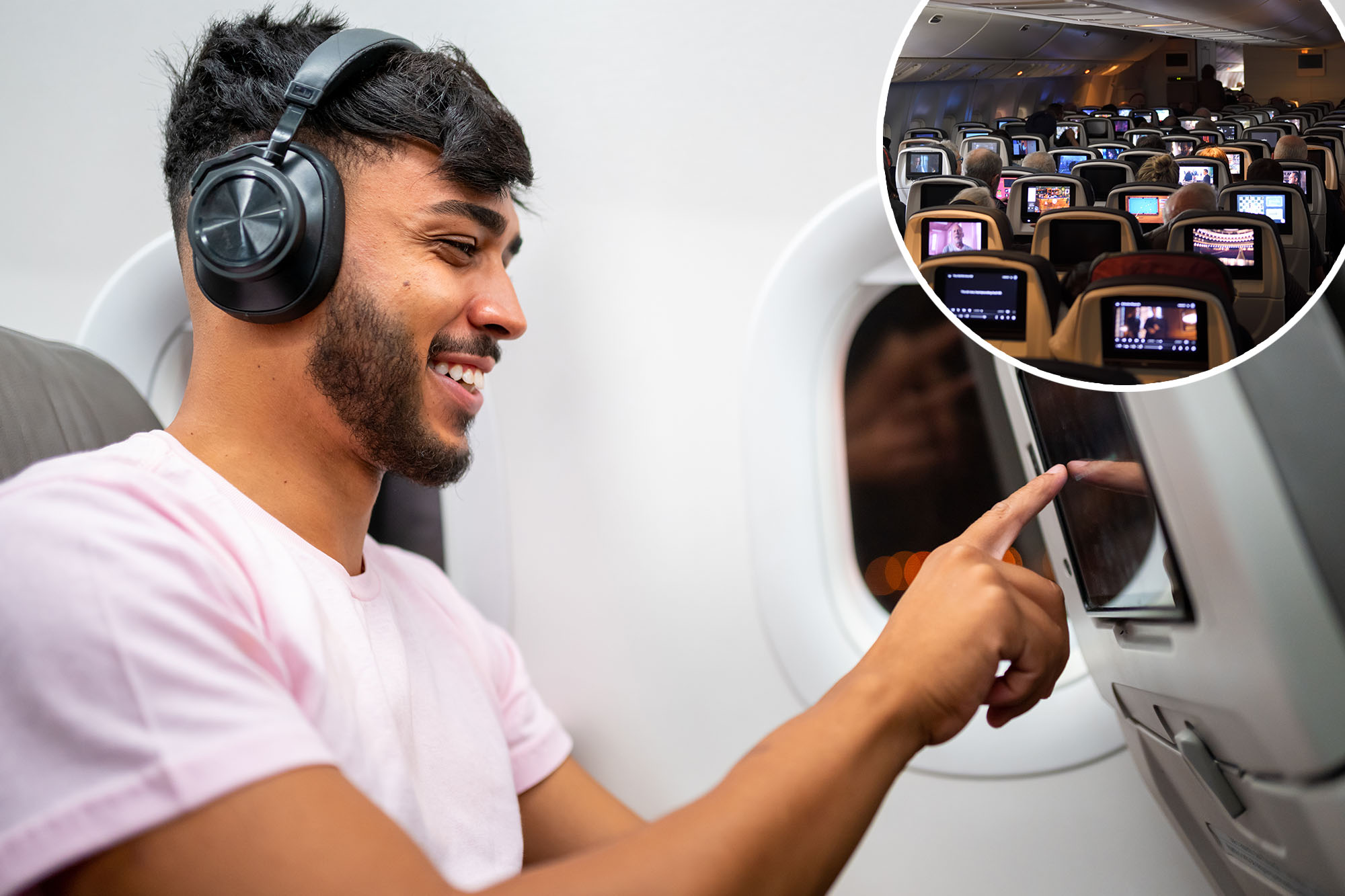In-flight entertainment has sparked a heated debate among passengers regarding appropriate movie selections, particularly when R-rated films are involved. Some travelers assert their right to watch any content they choose, while others express concerns about the impact on young children nearby. This clash of opinions highlights an ongoing struggle for etiquette in confined flying spaces.
Holly Graham, a director of booking for live entertainment based in Tampa, recently shared her experience with The Washington Post, stating, “I did not sign up to be a mid-flight babysitter.” Graham described watching the film Saltburn on a crowded flight, a choice that has drawn the ire of some fellow passengers. Despite receiving requests from parents to limit her movie selection to PG-13 content, she remains resolute in her decision to watch what she pleases.
Conversely, Drew Margulis, a frequent flyer from Florida, takes a different approach. He opts to skip over any inappropriate scenes when they arise during a film. “You can say, ‘Don’t look at someone else’s screen,’ but that doesn’t really work with a 4- or 5-year-old,” he remarked in a message on FlyerTalk, a forum for aviation enthusiasts.
Defining In-Flight Etiquette
The question of proper etiquette in such scenarios has prompted insights from various experts. Elaine Swann, an etiquette consultant and former flight attendant for Continental Airlines, suggests that passengers should be considerate of those around them. “If you’re eager to watch a specific movie, give a heads up to the parent of the kid in your row,” Swann advised. She emphasized the importance of communication, noting, “We’re neighbors for the next four hours.”
Swann’s perspective highlights the need for mutual respect in shared spaces. By informing parents of potentially inappropriate content, adults can take steps to shield children from it. Such foresight can foster a more harmonious atmosphere on flights.
Travel blogger Kate McCulley, known for her site Adventurous Kate, has a practical solution for those who wish to avoid awkward encounters. She recommends bringing a personal device to watch movies that may not be suitable for all passengers. McCulley often downloads content onto her iPad, allowing her to maintain privacy. “This is why I like window seats,” she explained. “Nobody will see a thing unless they’re spying on you in a really creepy way.”
The Growing Tension Between Freedom and Responsibility
As airlines continue to expand their in-flight entertainment options, the tension between personal freedom and social responsibility remains. Passengers often find themselves in uncomfortable situations where their entertainment choices can disrupt the experience for others.
In this evolving landscape, the responsibility lies with both individuals and airlines to navigate these challenges. Encouraging respectful communication and personal discretion can go a long way in creating a more pleasant travel experience for everyone.
Ultimately, as air travel becomes an increasingly common mode of transportation, finding a balance between enjoying movies and maintaining decorum will be essential. As passengers like Graham and Margulis demonstrate, the debate over appropriate content is far from settled, pointing to a need for ongoing dialogue about in-flight entertainment etiquette.
